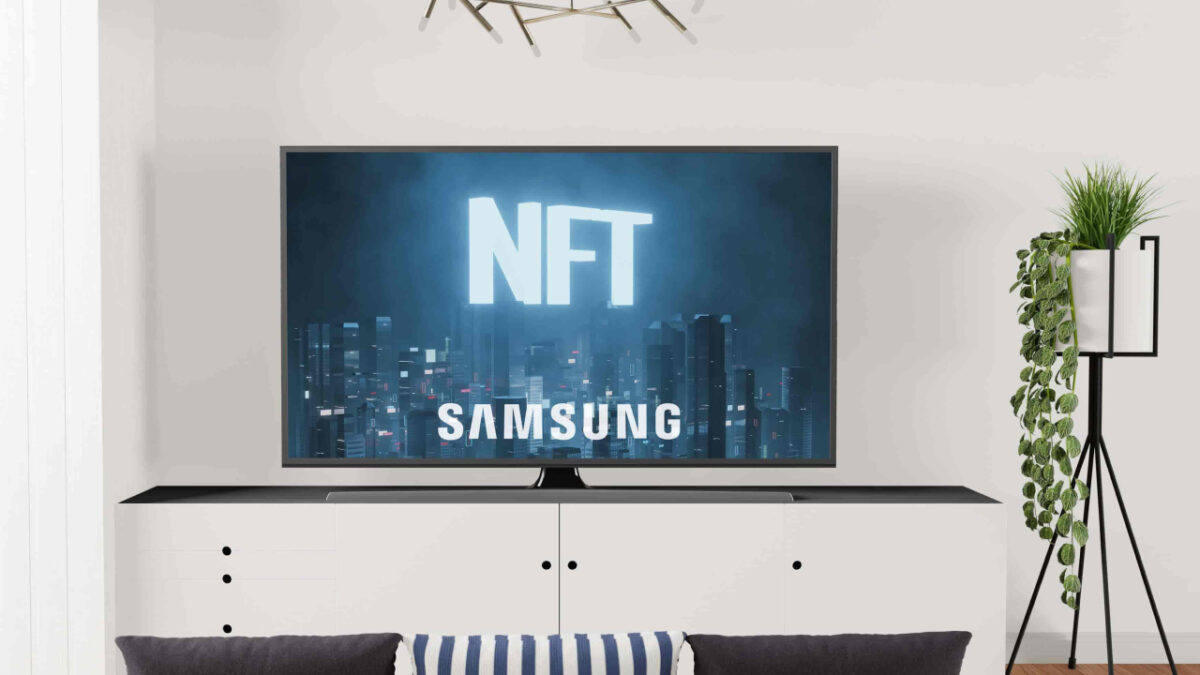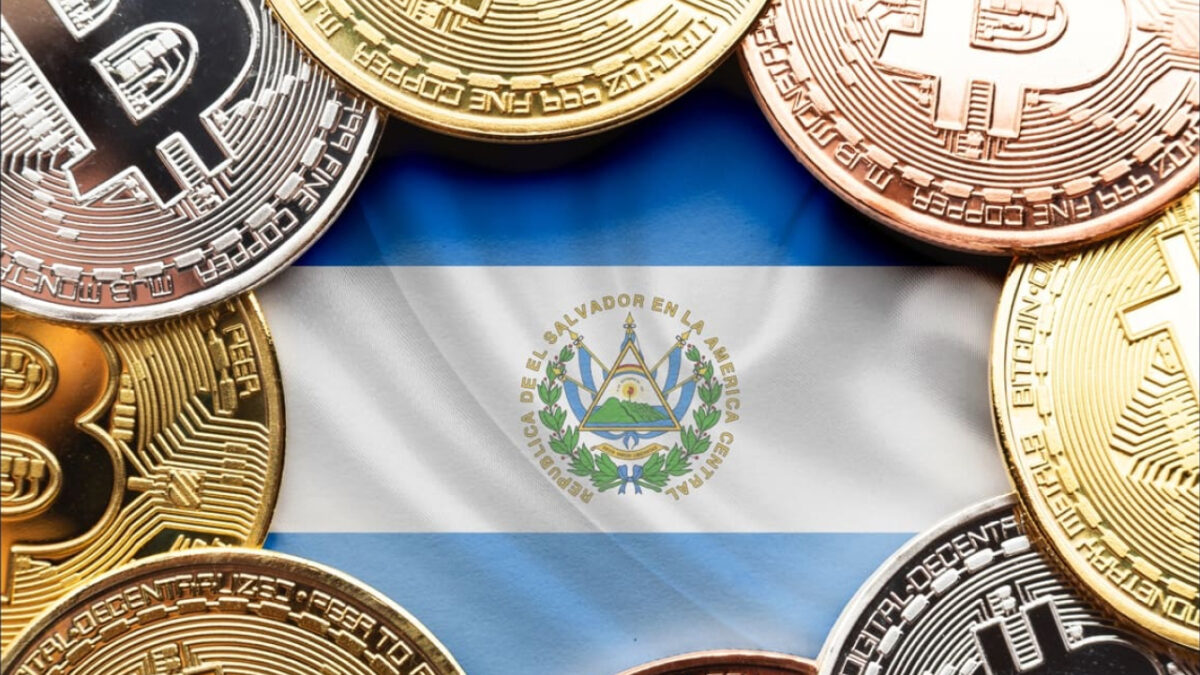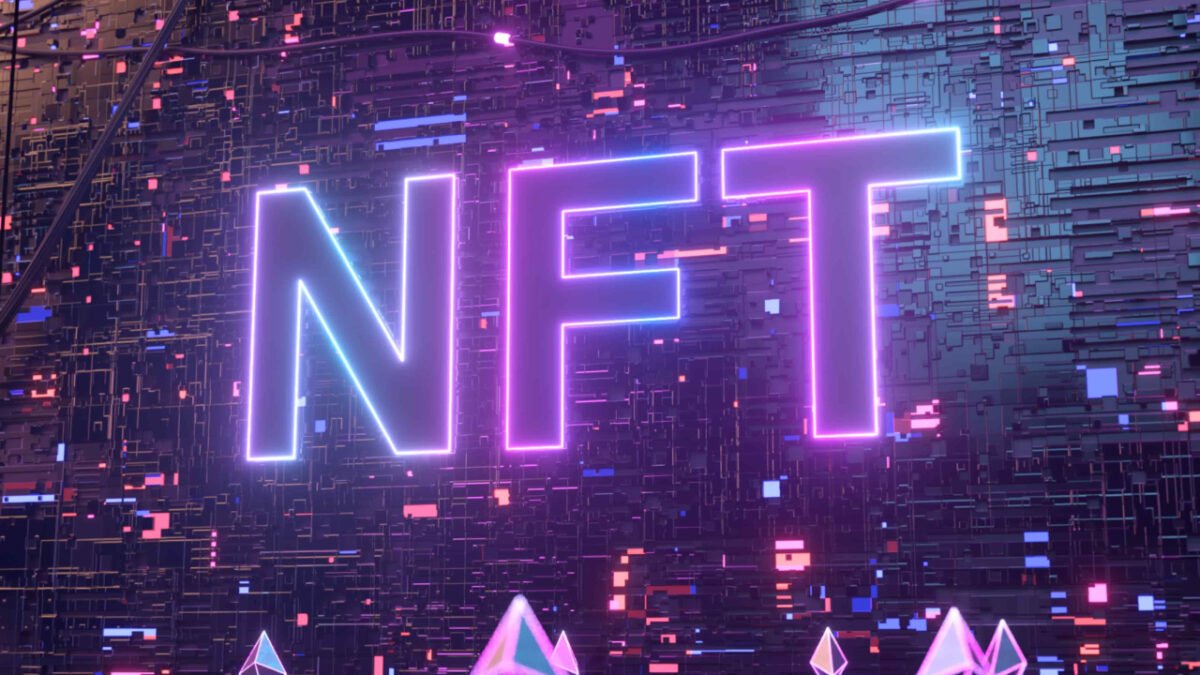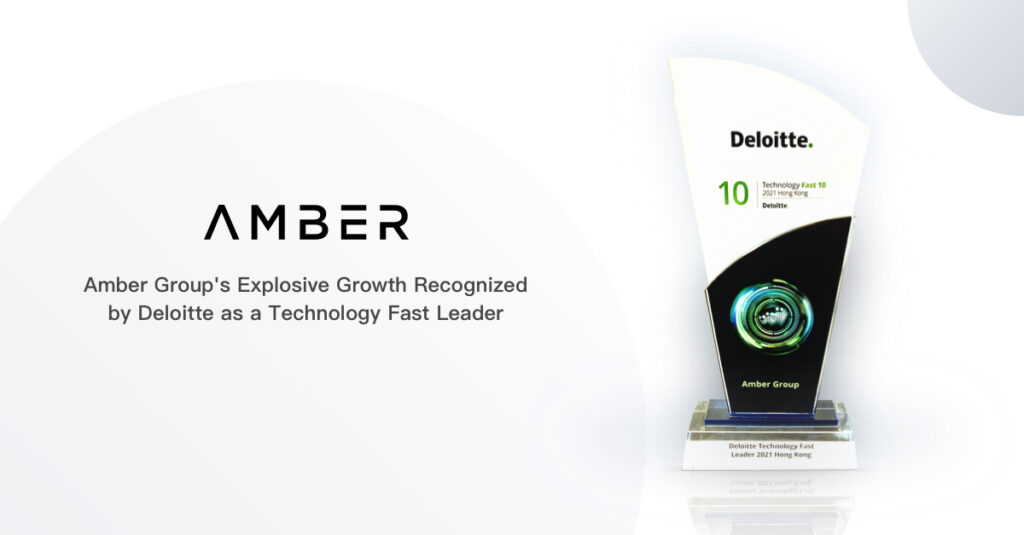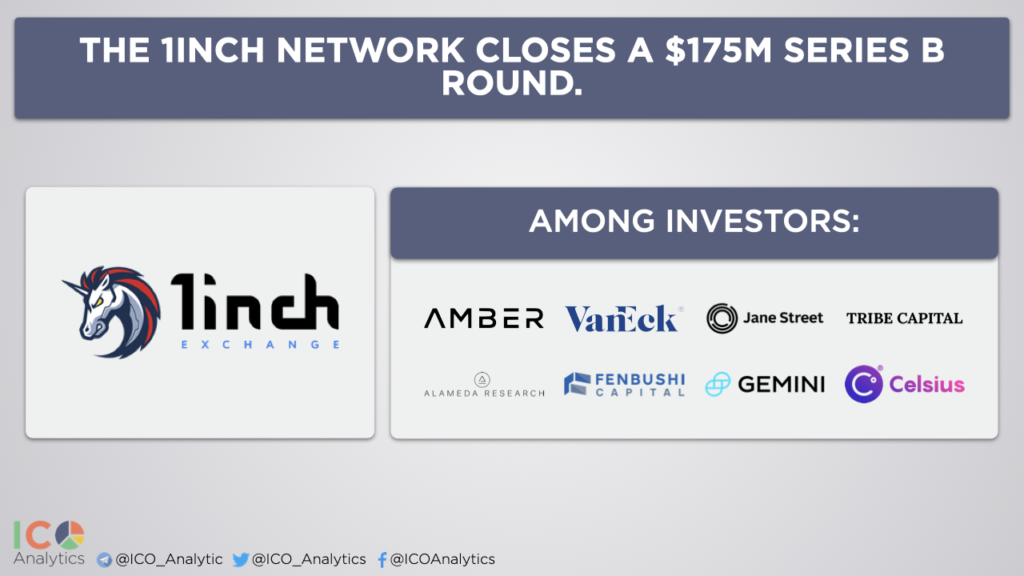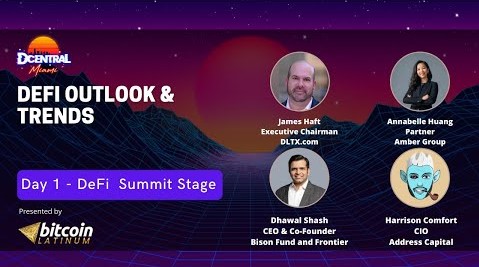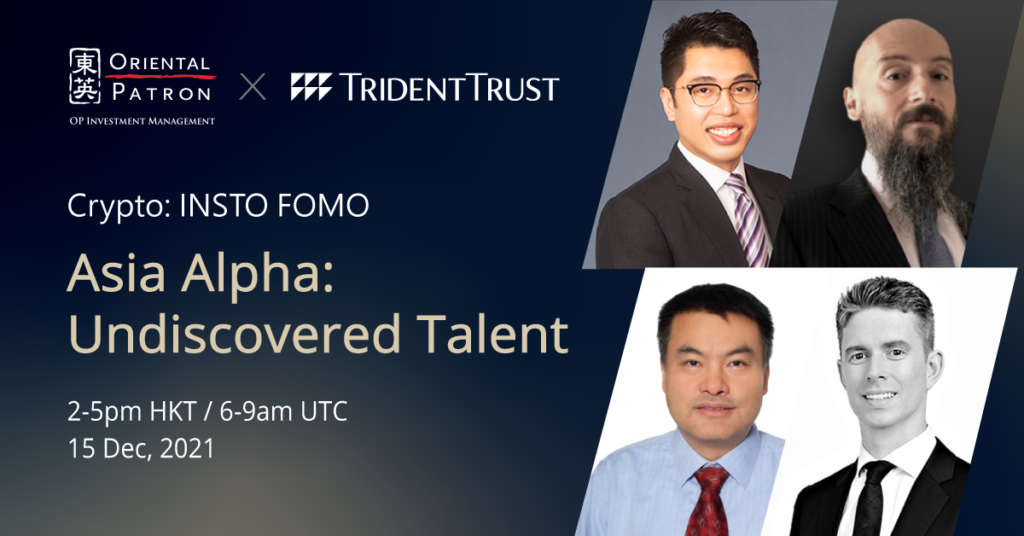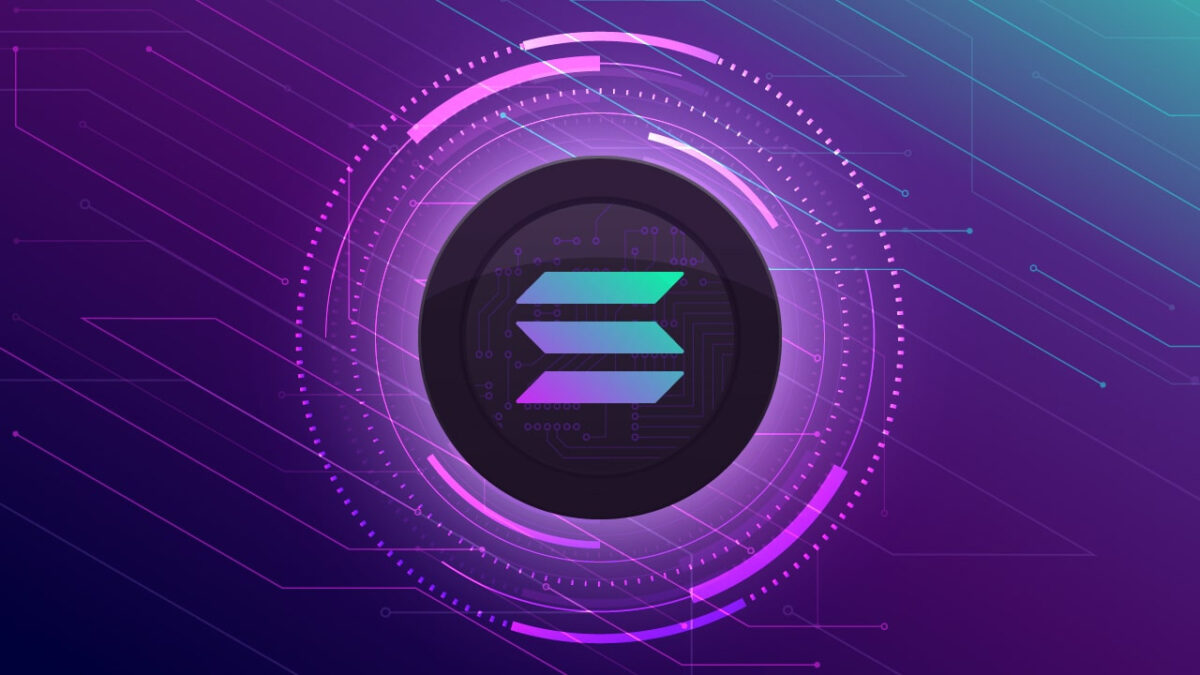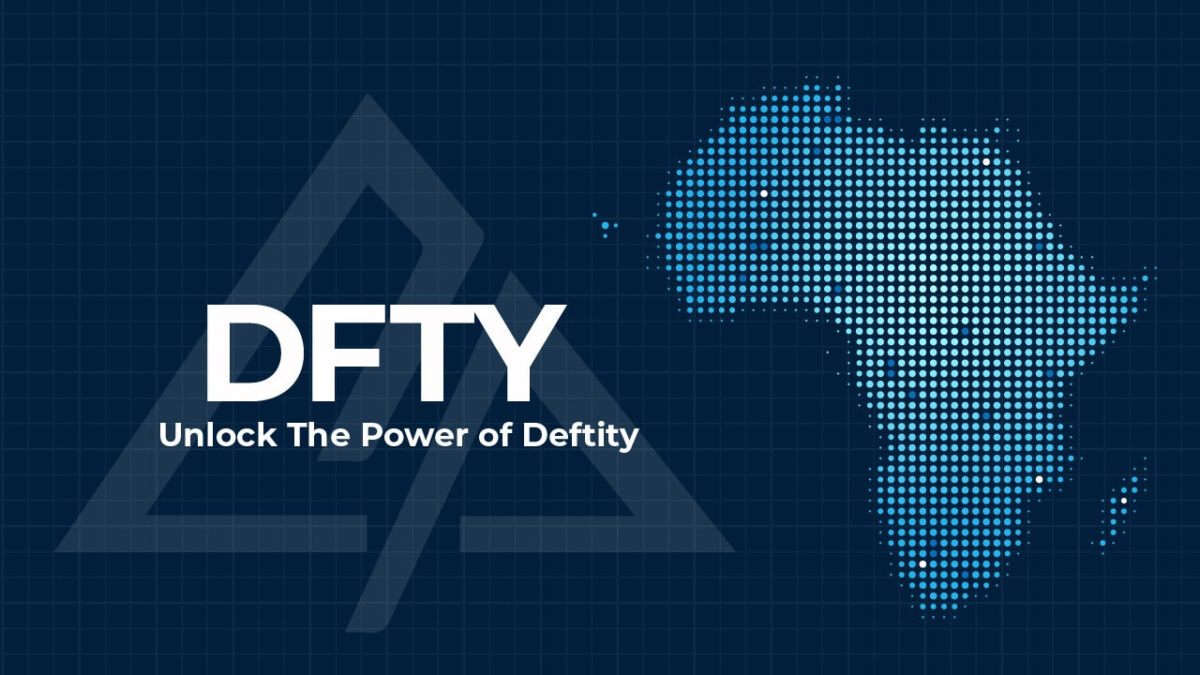What is a non-fungible token?
Non-fungible tokens (NFTs) are a new solution to a problem that is as old as the web: the endless replicability of digital information online. When bits, files and pixels can be copied and pasted with a few clicks, analogue concepts such as ownership, originality and access control often go out of the window, as anyone who worked in the music industry during the heyday of streaming service Napster knows.
Non-fungible tokens use blockchain technology to certify the authenticity and ownership of a specific and unique digital object. Blockchains are the same basic technology that underpins a range of cryptocurrencies, including bitcoin. While one digital coin is the same as another (or “fungible”), each NFT is a one-off with one certified owner, even if the associated file can be copied. What bitcoin is to the US dollar, an NFT is to the “Mona Lisa”. Anyone can buy a print of the “Mona Lisa”, but there is only one original hanging in The Louvre (and an NFT can be more than just an artwork, but more on that later).
What are the most popular kinds of NFTs?
The iconic works of the early NFT era look rather different to Leonardo da Vinci’s Renaissance masterpiece. Today’s most valuable digital artwork collections include “CryptoPunks”, a limited run of 10,000 pixelated images that routinely sell for hundreds of thousands of dollars, sometimes fetching millions, and “Bored Ape Yacht Club”, a troop of 10,000 cartoonish primates, and “Art Blocks”, “generative” works created by algorithm.
Total NFT trading on the Ethereum blockchain reached $5.9bn in the third quarter of 2021, according to NonFungible, a data platform — up more than six-fold from the $782m between March and June this year.
Yet, while it is growing fast, the overall community of active NFT buyers and sellers is small by internet standards — still well under 1m people, according to NonFungible’s latest estimates.
How do I buy an NFT?
Part of the reason there are not more NFT owners is that the process of buying and selling is cumbersome and occasionally risky.
Most NFTs are built on the Ethereum blockchain, which means they are purchased using ether (ETH), one of the most popular cryptocurrencies alongside bitcoin. Ether can be bought through a crypto platform such as Coinbase or digital payment and stock trading apps, including PayPal, Revolut and Robinhood.
Then a crypto wallet must be set up to pay for and receive NFTs. The most popular wallet is MetaMask, which is primarily used through a plug-in or “extension” to a desktop web browser such as Chrome or Firefox. Wallets that exist as smartphone apps offer more limited functionality, because of app store rules.
Which real-world assets are being tokenised?
To make purchases, a wallet must be linked to an NFT marketplace such as OpenSea, SuperRare or Foundation. NFTs on OpenSea are priced in cryptocurrency, making them vulnerable to the wildly fluctuating cryptocurrency markets as well as the shifting value of the NFT assets themselves. An extra and often unpredictable cost comes in the form of each transaction’s “gas” fee, which pays for authentication through the blockchain.
“It’s a very arcane process,” says Andrei Brasoveanu, a partner at Accel, a venture capital firm that made early bets on Facebook, Spotify and Deliveroo. “It can also be unsafe — once you pass a certain size of [wallet] account you have to invest in security. It’s not easy.”
But that has not deterred Brasoveanu from investing in NFT companies such as Sorare, which mixes fantasy football with NFT-style trading cards, and Sky Mavis, maker of the Pokémon-style game Axie Infinity. “To me, that’s part of the promise . . . even though it’s hard, people are jumping into this area.”
Who is buying NFTs?
Many of the wealthiest NFT buyers are crypto millionaires who invested early in bitcoin or ether and now crave a badge of status that is indigenous to their boosterish community. “CryptoPunk” owners, including rappers Snoop Dogg and Jay-Z, often use the image as their Twitter avatar.
How do I decide which NFT to buy?
Most of the big NFT market places host their community discussions on Discord, a chat app that functions a bit like workplace messaging platform Slack. Discord can be a good way to discover new NFTs and to dive deeper into specific projects, to learn about their development “roadmap”.
But these lightly regulated online forums can be hard to navigate for the uninitiated, making them a hunting ground for scammers, whether by hyping a meritless project or trying to steal wallet login details by posing as customer support staff.
Can NFTs actually be useful?
As well as art and collectibles, some NFTs are used as a new kind of asset or credential, from owning characters in video games to granting access behind a virtual velvet rope.
“Bored Ape” owners, for instance, can access an exclusive online community, like a virtual Soho House members’ club for crypto nuts, while other NFTs allow owners to buy physical merchandise unavailable to the public.
How are NFTs regulated?
The sector is very loosely regulated at present, prompting US senator Elizabeth Warren to say in August that the market for some digital assets was like the “wild west of our financial system” and that “regulators need to step up to address crypto’s regulatory gaps”, writes Jane Croft.
The biggest debate at the moment is whether NFTs are effectively securities and should be regulated as such in future by the US and UK authorities. Lack of regulation means it is difficult to prove the usual anti-money-laundering checks have been carried out on money used to buy NFTs.
There are also regulatory issues around taxation: if NFT assets are held virtually on the internet, who decides in which country taxes are payable? Additionally, there are questions about what happens if a blockchain holding an NFT closes down or becomes defunct: does the NFT disappear?
“There are risks attached to NFTs if you buy and sell these tokens,” says Francesc Rodríguez Tous, lecturer in banking at Bayes Business School, City, University of London. “There should be safety measures in place if the servers have a problem or if there is a cyber attack. If large companies decide to come into this area, the regulators will have to get involved.”
However, there are questions about whether NFTs will remain attractive if they are regulated. “NFTs are very flexible and the issue with more regulation is whether it will allow them to keep this flexibility,” says Rodriguez Tous. “Regulated products tend to be more standardised and NFTs might lose part of their attractiveness and flexibility if they are regulated.”
In September, OpenSea, a platform for buying and selling digital collectibles, launched an internal probe after it emerged one of its top executives had allegedly been using insider knowledge to sell items ahead of their promotion on the marketplace.
For now, large financial institutions remain cautious of NFTs. “Banks are interested in NFTs but are watching to see what happens with regulation,” says Rodriguez Tous. “Banks are very regulated and wary about investment outside that regulatory purview, otherwise they will attract the attention of banking supervisors.”
How are famous names using NFTs?
Non-fungible tokens are being used as an engagement tool by artists, sports stars and celebrities to connect with superfans and offer them exclusive material.
US band Kings of Leon recently generated $2m from NFT sales of their latest album When You See Yourself; each token included exclusive album artwork and limited edition “Golden Eye” vinyl.
Hollywood director Quentin Tarantino has announced plans to sell seven never-before-seen scenes from his 1994 classic movie Pulp Fiction as NFTs. Film studio Miramax has said it will sue, claiming it holds the rights and the scheme would devalue its own plans for movie NFTs.
Artists and celebrities are also piling in to offer their fans unusual NFTs. In July, Star Trek actor William Shatner released digital trading cards featuring images from his life and career, including an X-ray of his teeth, on the WAX Blockchain, which tracks a card’s ownership records and history. Collectors can now trade cards between themselves.
Max Dilendorf, a partner at New York-based law firm Dilendorf, suggests a celebrity could even securitize their heartbeat. “Using heartbeat-monitoring tech, a celebrity could assign rights to a newly formed company to display the audio and visual stream of the heartbeat, for example, for $10m,” he says. Such a company could issue and sell digitized shares to fans, who could then trade them as tokenized securities on regulated alternative trading system platforms such as Zero or Inx, he suggests.
